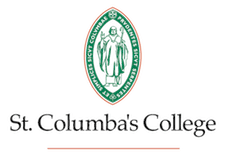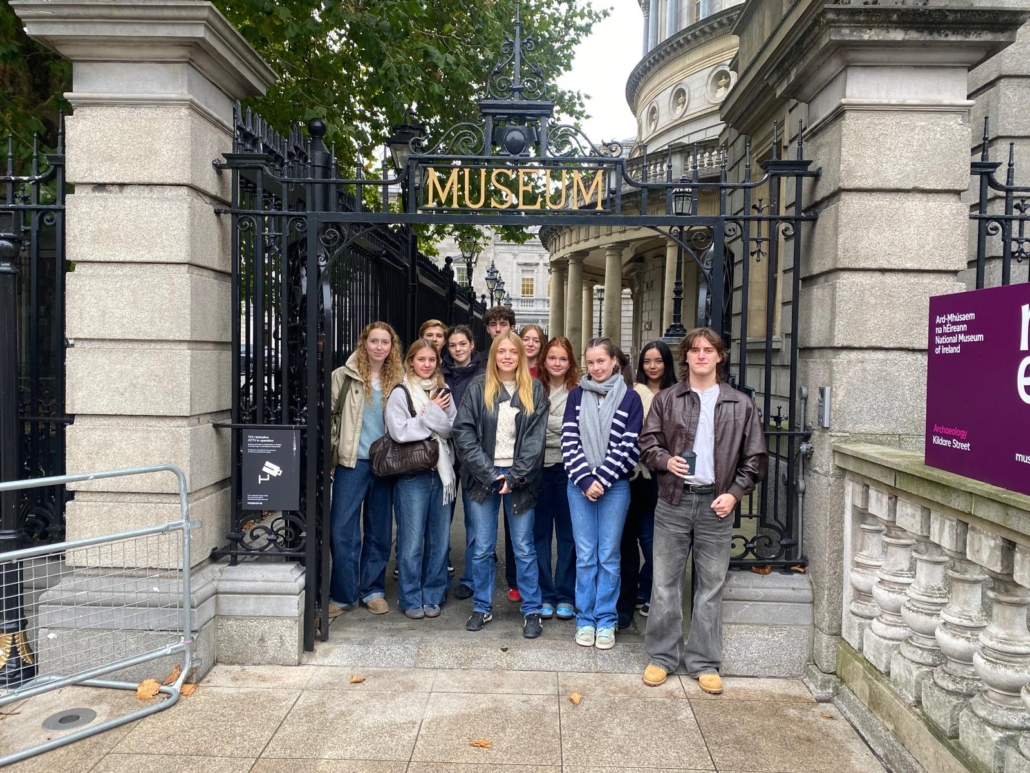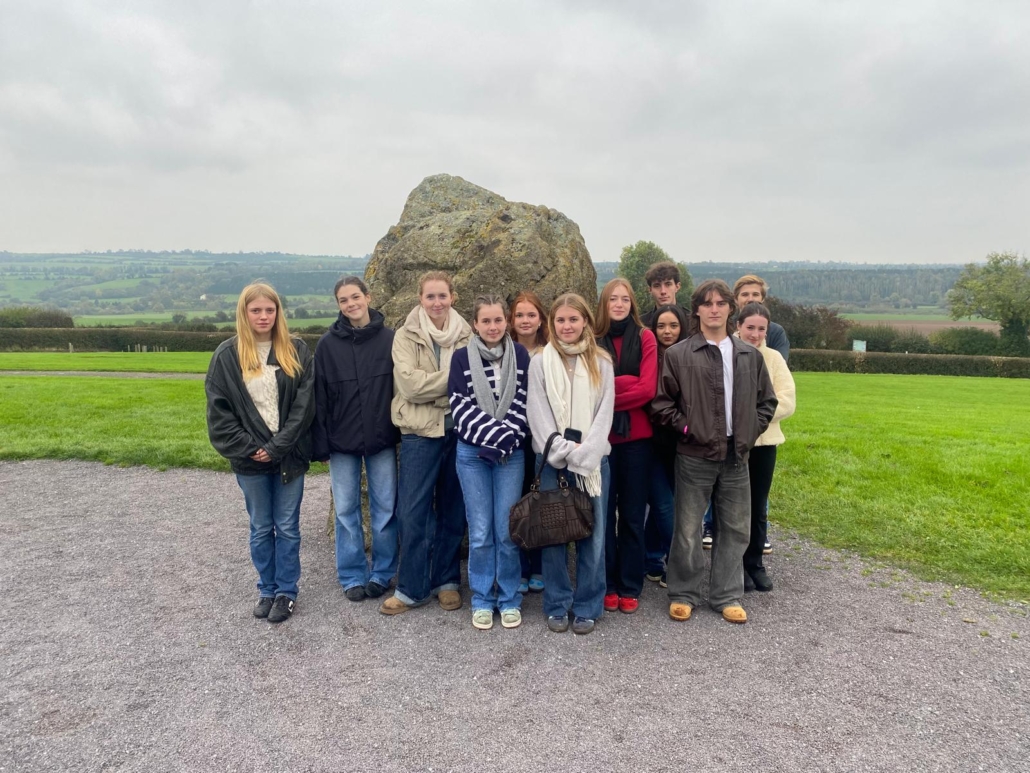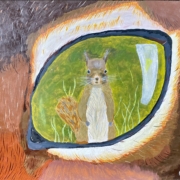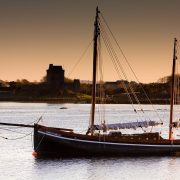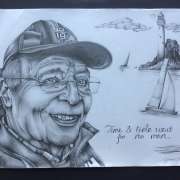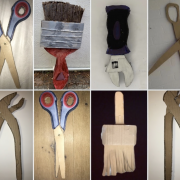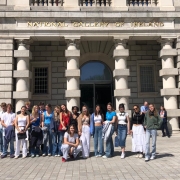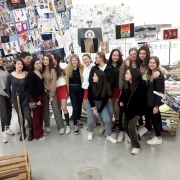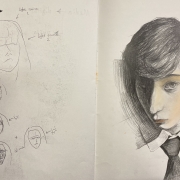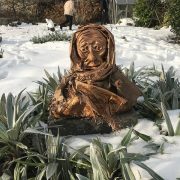Form VI Art Expedition
On the morning of October 16th the Form VI Art pupils left the College to visit the Archeology Museum of Ireland and later in the day the Brú na Bóinne Interpretive Centre in Co. Meath. India Hassett and Mimi Fennell report on this expedition.
We began our day at the National History Museum of Ireland to explore its fascinating collection of Neolithic, Bronze Age and Iron Age artifacts. Upon entering the building we met our guide Vanessa, who briefly explained the history of the museum and its artifacts.
Our first artifact was the Knowth Macehead, it was much smaller than we had imagined and displayed the incredible detail and craftsmanship of the time. We then moved onto the Bronze Age artifacts which included a beautiful range of carefully crafted gold jewellery such as ribbon torcs, armlets, lock rings and sun disks. We saw several lunala’s which displayed the remarkable gold craftsmanship of the early Bronze Age people. It was amazing to see the fine designs and decoration on these pieces up close.
Next, we viewed The Three headed Corleck, a fascinating 3-headed stone. The majority of the artifacts we study display linear or plant-like motifs, so this piece interested the group as it clearly resembled human faces. The final artifact we looked at was the Gleninsheen Gorget, a large, highly decorated neck ornament that demonstrated the exceptional skills of the ancient Irish metalworkers.
It was an amazing experience that allowed us to see the progression of Irish art and craftsmanship throughout this period.
In the afternoon we took the bus to the Newgrange in County Meath. It was an amazing experience that combined history, culture, and fun. It took about an hour to reach the Brú na Bóinne interpretive centre. From here we took a bus to Knowth. After our tour of Knowth we went to the jewel in the crown, Newgrange. As we approached the site, we could see the large circular mound surrounded by standing stones, it was even bigger than I expected.
It was built during the Stone Age as a passage tomb, and it is famous for how the rising sun lights up the inner chamber at sunrise on the winter solstice. We were able to go inside the narrow passage, which was dark and mysterious. The guide used lights to simulate how the sunlight would enter the chamber on December 21st.
Overall, the trip to Newgrange was fascinating and educational. It made us appreciate Ireland’s ancient history and the skill of the people who built such incredible monuments.
